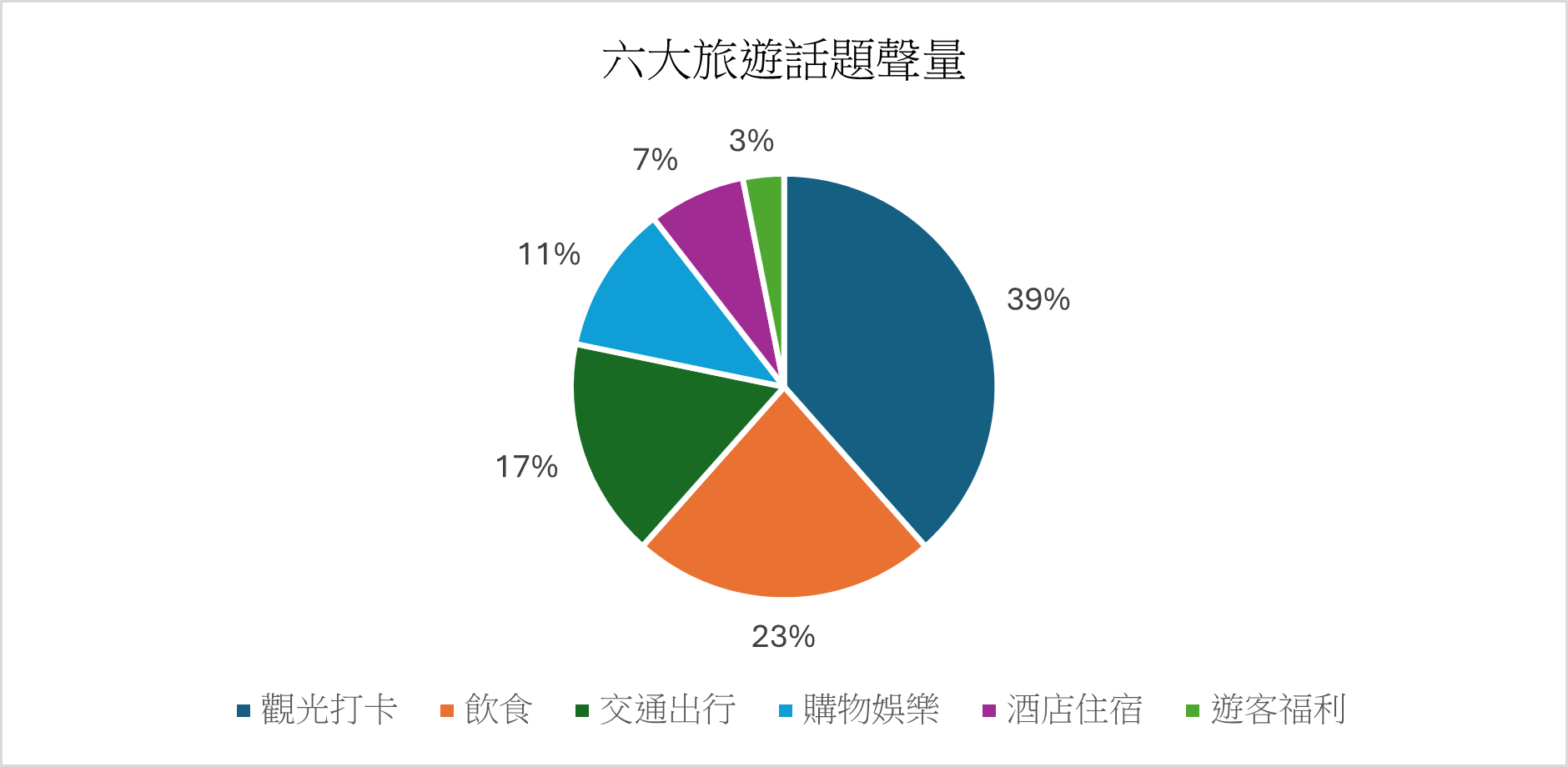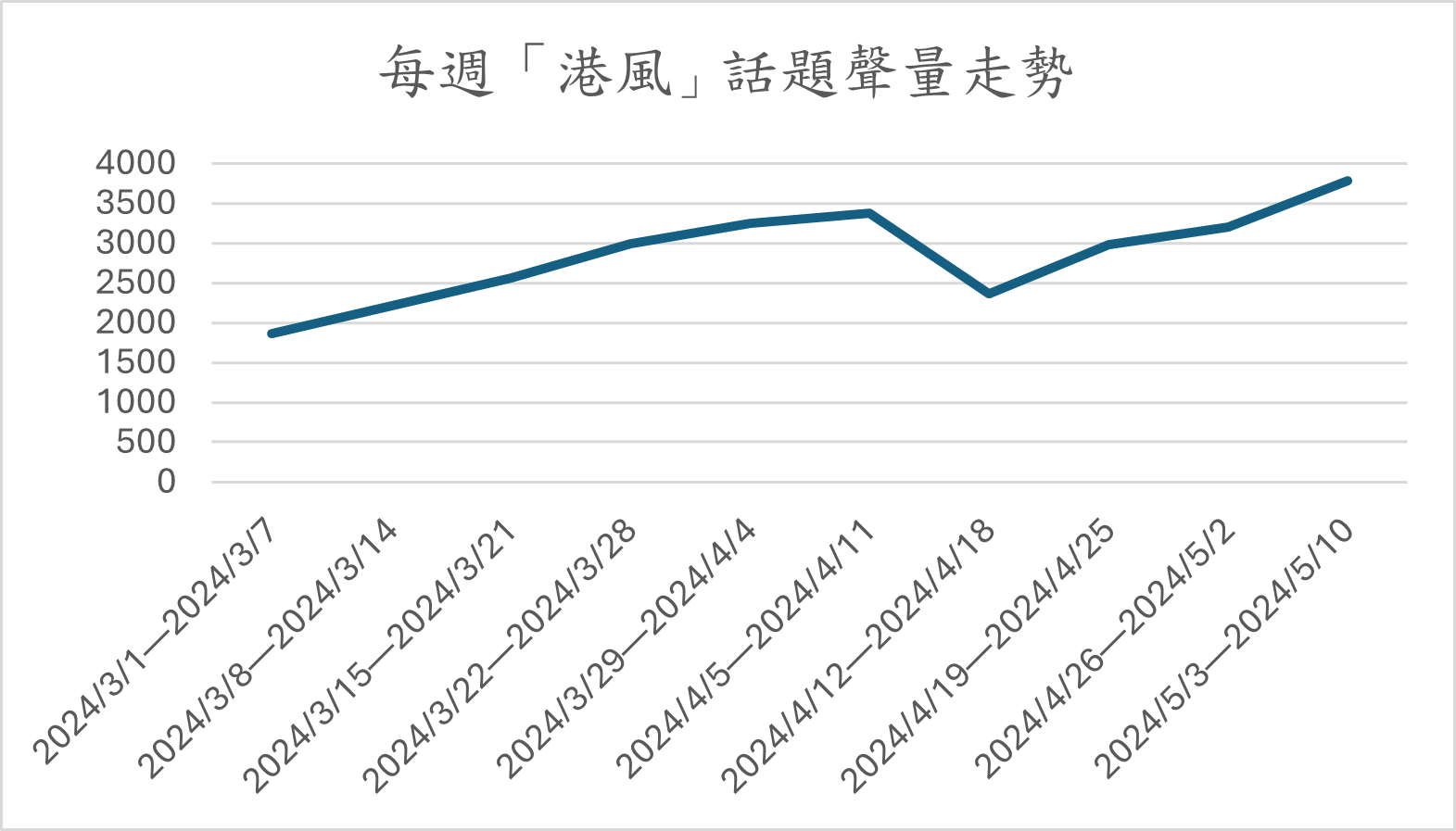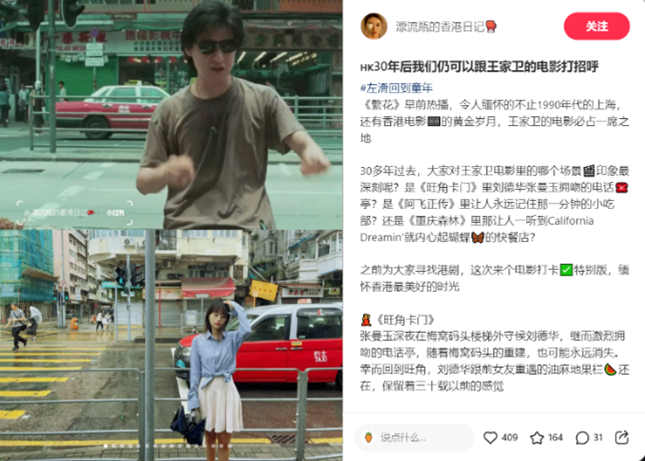During the Golden Week, the Hong Kong Tourism Board organized events like marine pyrotechnic displays on May 1 and launched a “Golden Week Travel Website” for visitors, providing information on special offers, transportation, and attraction opening times. Additionally, the Yau Tsim Mong Shopping Festival, initiated by the Yau Tsim Mong District Office and District Council, started on May 1, involving over 110 brands and nearly 2,200 businesses in areas like Tsim Sha Tsui and Mong Kok. However, the question remains: do these measures effectively attract tourists and revive Hong Kong tourism industry? What currently draws tourists to Hong Kong?
Increase in Mainland Tourists During Golden Week
From May 1 to May 5, the Immigration Department recorded approximately 766,000 mainland tourists entering Hong Kong, a 22.5% increase from last year but still below the nearly 1 million visitors before the 2019 pandemic. The peak day was May 2, with around 192,000 visitors, primarily using the West Kowloon High-Speed Rail Station and the Lok Ma Chau Spur Line Control Point.
Popularity of Sightseeing and Cultural Tourism in Yau Tsim Mong
On Chinese social media, discussions about sightseeing spots were the most frequent (39%), followed by food (23%), transportation (17%), and shopping and entertainment (11%). This aligns with our insights from last month, suggesting that shopping is no longer a strong incentive for tourists to visit Hong Kong.
Yau Tsim Mong district stood out with significantly higher discussion volumes than other areas. Popular landmarks include the West Kowloon Cultural District, M+ Museum, Hong Kong Palace Museum, and K11 Musea, aligning with the trend of tourists seeking sightseeing spots. Many locations in the district are also popular movie filming sites, such as Ladies’ Market and Mong Kok. The government should promote Yau Tsim Mong not just as a shopping area but as a hub for arts and culture, integrating these elements into commercial activities.
Decline in Interest for official pyrotechnic displays
The Hong Kong Tourism Board’s pyrotechnic displays on May 1 attracted less attention on mainland platforms, possibly due to poor weather and regular fireworks at Hong Kong Disneyland. The average daily number of posts about the Victoria Harbour fireworks was less than 200 during the Golden Week, dropping to 50 posts the day after the holiday, indicating a decline in its appeal.
Concerts Boost Surrounding Economy
Many mainland tourists visited Hong Kong specifically for concerts, with around 200 related posts daily during the Golden Week. The most popular was the concert by Taiwanese band Mayday, with some tourists renting yachts to watch the concert from Victoria Harbour or enjoying it from the Central Ferris Wheel. Concerts and surrounding activities provide tourists with a clear purpose to visit Hong Kong. Concert organizers should collaborate with nearby hotels and restaurants to promote comprehensive travel packages (“concert + hotel + dining”) to boost the event economy.
The Unstoppable Trend of “Hong Kong Style” Citywalks and Hiking
With the rise of trends like “special forces” and hiking, Citywalk remains a top keyword for tourists. They are particularly interested in “Hong Kong style” scenery, including movie and TV locations. During Golden Week, tourists showed continued interest in spots like Kennedy Town and the Ding Ding tram, enjoying mimicking music video and film shots to “capture the cinematic feel.” (#拍出電影感)
According to data collected by Wisers, “Hong Kong style” discussions on mainland platforms rose from 1,800 posts in early March to nearly 4,000 in early May. Peaks occurred during the Qingming Festival (April 5-11) and at the end of Golden Week (May 3-10), showing a positive link between long holidays and interest in “Hong Kong style.”
We recommend creating travel guides for new tourism trends like “Central and Western District Hiking” and “One-Day Hong Kong Island Special Forces Tour.” Regularly promote these with posts. Additionally, an “Old Hong Kong Movie Day Tour” featuring qipao rentals, tram rides, and simulated film shoots would offer an immersive “Hong Kong style” experience.
Emerging tourism activities like outings and hiking are popular on mainland platforms. Recently, the most favored hiking trails are the MacLehose Trail in Sai Kung and Dragon’s Back in Shek O, with a focus on #保持熱愛奔赴山海. The government should provide safety guidelines for these popular hiking routes.
Emphasis on Cultural Tourism Policies
According to the Wisers Tourism Index forecast, discussions about “cultural and recreational” activities on mainland media strongly correlate with increased visitor numbers to Hong Kong. Combining this insight with SHAP value and the above data, a tourism policy focusing on “culture” could be key to reviving Hong Kong tourism industry.
Conclusion: Cultural Content as the Key to Hong Kong’s Tourism Revival
During the Golden Week, Hong Kong saw around 766,000 mainland tourists, a 22.5% increase from last year but still below the pre-pandemic level of nearly 1 million. The Hong Kong Tourism Board hosted a sea fireworks display on May 1, and various offers were available for tourists.
On mainland social media, sightseeing discussions were the most frequent (39%), followed by food (23%), transportation (17%), and shopping and entertainment (11%). As noted in our insights last month, shopping is no longer a strong incentive for tourists to visit Hong Kong.
This year, the marine pyrotechnic displays on May 1 attracted less attention to tourists with fewer than 200 daily posts during the Golden Week, dropping to 50 posts by May 6. In contrast, many mainland netizens came to Hong Kong specifically for concerts, particularly the Taiwanese band Mayday. Some even rented yachts to watch the concert from Victoria Harbour. We suggest concert organizers collaborate with nearby hotels and restaurants to promote comprehensive travel packages (“concert + hotel + dining”) to attract more tourists.
Our insights last month also highlighted that mainland tourists are particularly interested in “Hong Kong style” scenery. Recent data shows that weekly posts about “Hong Kong style” have steadily increased. Tourists continue to show interest in places like Kennedy Town and the Ding Ding tram, enjoying mimicking music video and film shots. We recommend creating an “Old Hong Kong Movie Day Tour” with qipao rentals, tram rides, and simulated film shoots for an immersive experience.
In summary, traditional attractions like shopping and fireworks may be losing their appeal to mainland tourists. With the growing popularity of “Hong Kong style” and Citywalks, as well as interest in concerts, it seems that Hong Kong’s cultural content is the main draw for tourists. A tourism policy focusing on “Cultural Depth” could be key to reviving Hong Kong’s tourism industry.



















